Red Chicory: [Characteristics, Cultivation, Care and Disadvantages]
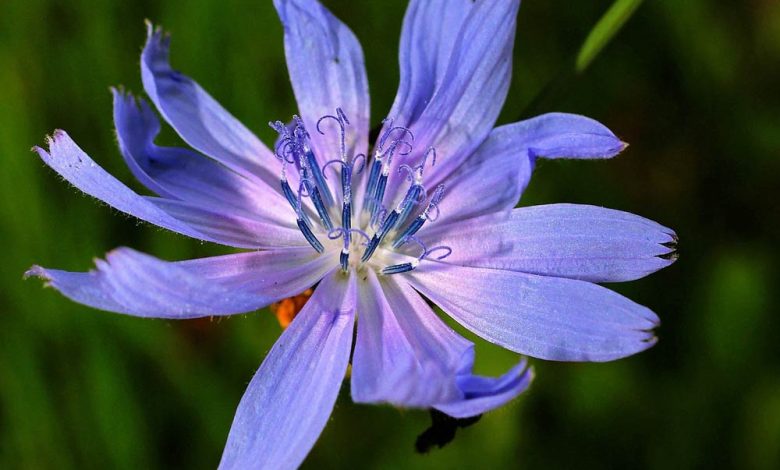
Important points when sowing Red Chicory
- When? Red chicory can be sown in spring and autumn depending on the variety in question.
- Where? Thered chicory plant is a variety that adapts to any type of soil. The most important thing is to plant in soil that is loamy, fertile, fresh, permeable and with aslightly acidic pH.
- How do we water? Irrigation for red chicory should be moderate and it will suffice to maintain the humidity of the substrate without flooding the crop.
- How often do we water? Keep track of the humidity of the substrate or the ground of the red chicory so as not to let it dry out.
- What care does it require? The care of the red chicory must be followed very carefully because it is a vegetable for human consumption, however. The soil to plant red chicory can be of any type as long as its pH is acid.
- What pests and diseases affect you? Aphid, mildew, botrytis.
What characteristics does the red chicory plant have?
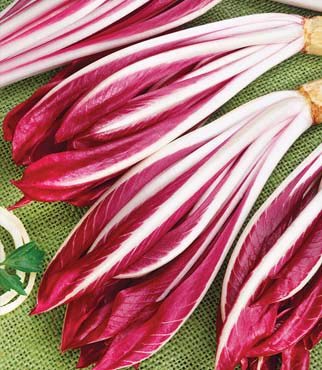 Red chicory is a perennial plant, it belongs to the Asteraceae or Compositae family and it is a vegetable with the shape of a compact bud.
Red chicory is a perennial plant, it belongs to the Asteraceae or Compositae family and it is a vegetable with the shape of a compact bud.
It receives the common name of Italian radicchio, it bears the scientific name of Cichorium intybus var. Foliosum and has its origin in Western Europe.
The size of the plant usually does not exceed 60 cm, it is leafy with a long, strong and very resistant main root.
It is characterized by having clear, rounded leaves of a red wine color, bud and smooth, wavy edges, with a vein in the middle that stands out and is whitish. The inflorescences arise from their stems in groups of two and three flowers that open in sunlight much like sunflowers.
Chicory flowers measure about four centimeters, they are usually in a color range between blue and lilac, but they can also be pink and white depending on the type of plant. Red chicory has a specific and very characteristic bitter taste.
There are several varieties of chicory, but the red one is very easy to find and recognize in the markets. Red chicory is a very popular vegetable in Italy, especially in Treviso, Verona and Chioggia, where it is classified as a protected designation of origin.
It is a plant highly valued since ancient times by the Romans due to its medicinal properties and as a sleeping pill and blood purifier. It is listed as a superfood.
It contains flavonoids called anthocyanins that give it its spectacular red wine color and a great power of attraction for predators that help spread its seeds. Currently, red chicory is cultivated in Italy, Germany, the United States, Spain, France and Belgium, among other countries.
Every 100 grams of red chicory contains 94% water, so it is very low in calories and can be consumed in salads; raw or cooked. Some of the varieties of red chicory cultivated for commercialization are: Sugar loaf, called «endive» or «cabbage», Belgian Endive and Root Chicory.
When to sow red chicory?
Red chicory can be sown in spring and autumn depending on the variety in question. The germination of the vegetable generally occurs between 5 to 10 days and the cultivation cycle is usually 70 to 110 days.
Where to plant red chicory?
The red chicory plant is a variety that adapts to any type of soil. The most important thing is to plant in soil that is loamy, fertile, fresh, permeable and with a slightly acidic pH.
How do we water red chicory?
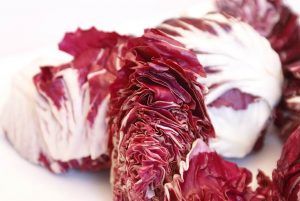 Irrigation for red chicory should be moderate and it will suffice to maintain the humidity of the substrate without flooding the crop.
Irrigation for red chicory should be moderate and it will suffice to maintain the humidity of the substrate without flooding the crop.
The excess in the amount of water in the ground of the red chicory can cause diseases caused by fungi and bacteria.
How often do we water the red chicory?
Keep track of the humidity of the substrate or the ground of the red chicory so as not to let it dry out. It can be watered once it is verified that the substrate is dry, but only with moderate watering to maintain humidity without drowning or flooding the plant.
How to sow a red chicory step by step?
Red chicory can be grown previously sown in seedbeds or directly in the orchard or garden. Planted in seedbeds, the plant will offer better uniformity in the crop and less material will also be used.
- Prepare the soil or substrate for planting, as it must be very well drained and fresh.
- Select red chicory seeds from a healthy and vigorous plant or purchase them from nurseries.
- Planting in the orchard is done on ridges 0.80 meters apart, placing rows of seeds 30 to 40 cm apart.
- Fill the pot with soil, organic fertilizer and earthworm humus to favor the substrate.
- Water moderately and without flooding the substrate of the red chicory.
- Harvest when the red radicchio is the right size, since if it is left for a long time its flavor will be more bitter.
What care does red chicory need?
The care of the red chicory must be followed very carefully because it is a vegetable for human consumption, however. The soil to plant red chicory can be of any type as long as its pH is acid.
The soil or substrate must be fresh, well fertilized and with good drainage capacity. Red chicory adapts very well to Mediterranean temperatures and cool climates. It is necessary to protect it from the attack of pests and diseases caused by fungi and bacteria.
What pests and diseases affect red chicory?
 Red chicory can be affected by pests such as aphids, black beetle, and caterpillars.
Red chicory can be affected by pests such as aphids, black beetle, and caterpillars.
aphids
Aphids suck the sap from red chicory and are very dangerous because they have a great ability to reproduce and can even kill the plant.
To eliminate aphids, it is recommended to apply a mixture of water with a little biodegradable soap and apply it with the irrigation water. The black donut is an insect whose larvae feed on the neck and leaves of red chicory.
It can be combated with broad-spectrum insecticides or with the application of a product based on pyrethrins, applied at dusk. Among the diseases that affect red chicory are Mildew, Botrytis, and sclerotinia.
Mildew
Mildew is a disease caused by a fungus that can do a lot of damage to red chicory, especially seedlings, since it invades the flower stems and produces contaminated seeds.
botrytis
Botrytis is also a pathogenic fungus of many plant species known as root rot or gray mold, which affects red chicory. While sclerotinia is one of the most common diseases of red chicory and is caused by the fungus Sclerotinia.
It attacks the stems of red chicory at ground level and the leaf axils. It can be combated with crop rotation. To attack the diseases that affect red chicory, it is recommended to avoid high planting densities, maintain good lighting, good ventilation and control humidity.
Bibliographic references
- Cultivation of red chicory, FR Moncholi – Horticulture: Magazine of industry, distribution and…, 1989 – mapa.gob.es
- Essay on winter-spring red chicory varieties, M Gómez, E Molina, F Contreras … – … by specialists in …, 1990 – dialnet.unirioja.es
- Escarole, endive and red chicory, L Villar – Fertility of the land: organic farming magazine, 2020 – dialnet.unirioja.es
- Radicchio, J Tacchini – Magazine of the Faculty of Sciences…, 2000 – siip2019-2021.bdigital.uncu.edu.ar
- Evaluation of management programs for the suppression of thrips and reduction of Tospovirus in the cultivation of radicchio Cichorium intybus in Parramos, Chimaltenango, BL Estrada Arriaza – 2009 – repository.usac.edu.gt
- Vegetable Cultivation, V Villagrán, F Sudzuki, V Giaconi – books.google.com

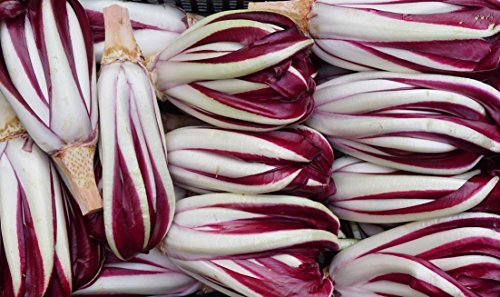
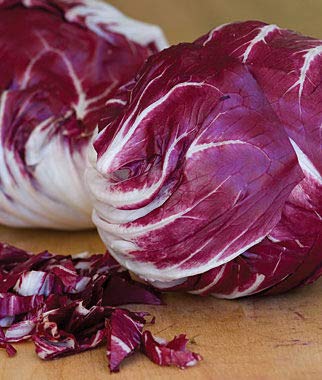

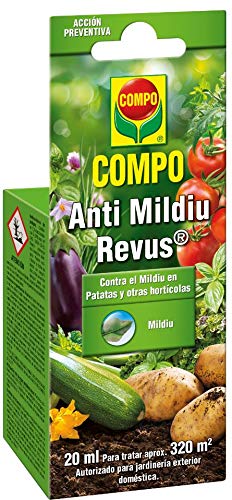
![Photo of The Callisia Repens: [Planting, Care, Irrigation and Substrate]](https://www.complete-gardening.com/wp-content/uploads/2021/06/repens_1568322462-390x220.jpg)
![Photo of Homemade Fungicide: [How to Prepare and 5 Examples]](https://www.complete-gardening.com/wp-content/uploads/2021/06/fungicida_1591693068-390x220.jpg)

![Photo of Iris Germanica: [Planting, Care, Irrigation, Substrate and Pests]](https://www.complete-gardening.com/wp-content/uploads/2022/08/iris-germanica-planting-care-irrigation-substrate-and-pests-390x220.jpg)